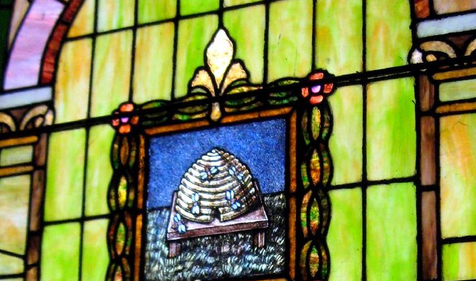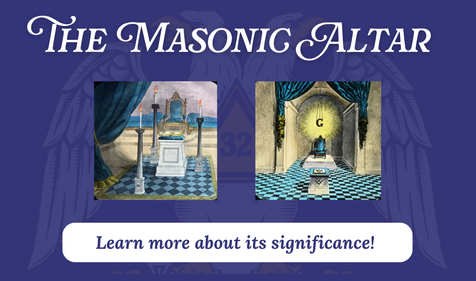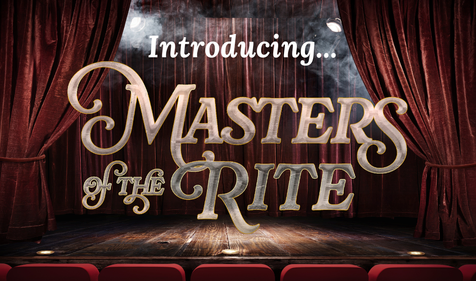The Masonic plumb and trowel is a key symbol in Freemasonry, serving as metaphorical working tools used by Masons to build and strengthen moral character.
When we become Freemasons, we embark on a lifelong journey of self-improvement. We do this by living the fraternity's values each day through acts big and small. The rituals and rites of Freemasonry instill these values in us using ancient symbols and philosophies derived from the medieval stonemasons. These symbols equip Brethren with the tools necessary to build themselves into a man of integrity.
To become a Master Mason, a man must complete three degrees before fully entering the Brotherhood and becoming a Master Mason. At the start of his Masonic journey, a man is rough, unformed, and without the tools to improve himself and his community. As he completes the three Masonic degrees, he learns about Freemasonry, including how to use the Masonic working tools through their everyday practice.
The Masonic Working Tools
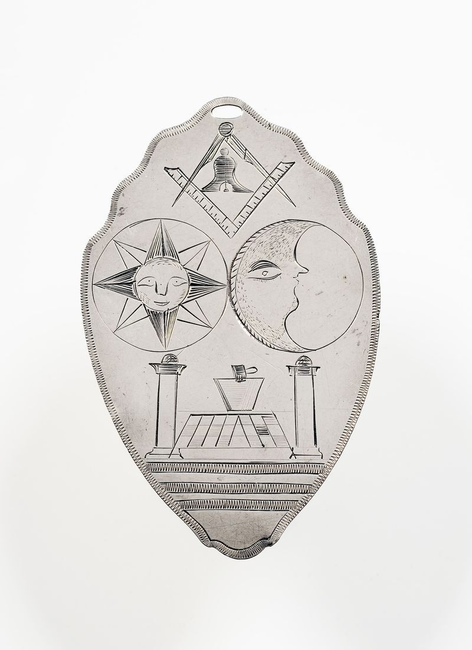
In the Operative Masonic guilds, builders were equipped with an arsenal of implements, such as a common gavel, the square and compasses, plumb, and trowel. Inexperienced apprentices had to gradually learn the trade, starting with how to shape stone. As they became more competent in using the tools, they eventually learned how to design buildings and became expert craftsmen.
As Freemasonry grew from these operative guilds, early members took the literal physical tools and created metaphors designed to represent our spiritual and intellectual growth. In each degree, a Brother encounters new tools that represent his growth and experience in the Craft as he learns to wield them. By completing all three degrees, a man has proven himself an expert craftsman. As a Master Mason, he demonstrates his ability to shape and polish his character, conduct himself each day with respect, and fulfill the plans of the Supreme Architect.
Of the Mason's tools, the square and compasses are likely the best known, as it regularly appears emblazoned on lodges around the world. But just as important to the teachings of the Craft and our growth as men are two other tools: the Masonic plumb and trowel.
The Masonic Plumb
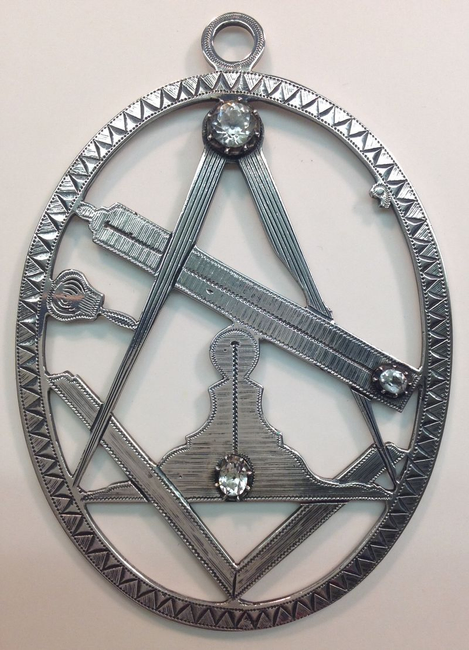
A plumb is a tool that is the vertical equivalent of a level. Usually fashioned out of wood or metal with a string and weight attached, it has been used by stonemasons for thousands of years to ensure that structures stand straight. The string is fixed at the point to be plumbed, and the weight, or bob, is then allowed to swing freely. When the weight stops, the point of the bob is precisely below the point at which the string is fixed above.
As Speculative Freemasonry emerged, this emblem of a builder's Craft transformed into a powerful symbolic instrument to teach moral lessons. A Freemason first encounters the plumb in the second degree as one of the working tools of a Fellowcraft. Thanks to the Scottish Rite Masonic Museum & Library, we can reference writings from Masons in generations passed. In one such example, a Masonic monitor published in 1861 describes the importance of the plumb to our ritual:
The Plumb admonishes us to walk uprightly in our several stations before God and man, squaring our actions by the Square of our virtue, and remembering that we are traveling upon the Level of time, to that undiscovered country, from whose bourn [i.e., destination] no traveler returns.
The operational use of the plumb line was primarily to make sure that a wall was straight up and down. As a physical tool, it represents strict adherence to standards, leaving no room for deviation in the construction of a building. Its conceptual use in the Craft is to serve as a guiding principle that helps Brethren stay true to Masonic values regardless of circumstance.
Any experienced Freemason recognizes that "being plumb" is to act properly and squarely on sound foundations. The plumb symbolizes our commitment to justice and integrity, the continual pursuit of truth, and balancing ambition with humility. We can strive to do great things without inflating our egos and instead ensure that the way that we interact with the world is true, correct, and well-regarded.
As the Masonic author Albert Mackey wrote of this Masonic symbol in the Encyclopedia of Freemasonry:
“The plumb masonic symbolism is a powerful reminder of the high moral standards that Freemasons must strive to embody in their daily lives. By understanding and internalizing the symbol’s meaning, a Fellow Craft and other members of the fraternity are better equipped to navigate the complexities of life with steadfastness, resilience, and unwavering moral conviction. In doing so, they will not only improve themselves but also create a stronger, more harmonious society.”
The Masonic Trowel
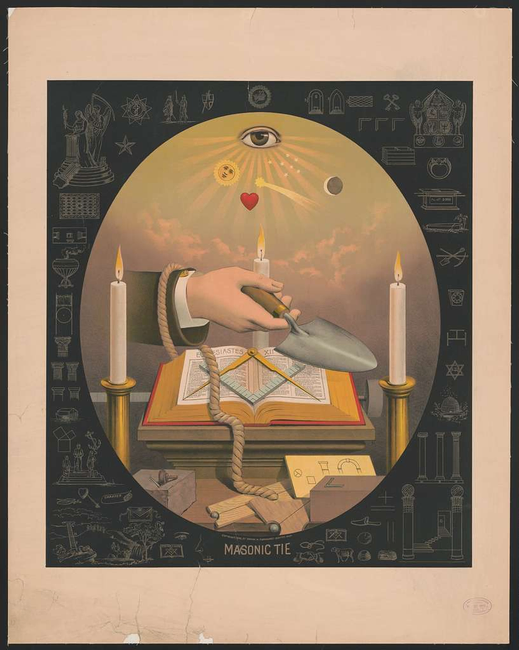
“If the stone represents an individual man, and if the Temple represents the Fraternity as a whole, it is evident that the Trowel is the symbol of that which has the power to bind men together.” - Symbolical Masonry, by H.L. Haywood
Like the plumb, trowels have been used by stonemasons since the age of antiquity. A trowel is used to smooth out freshly placed concrete. Because of its shape, it allows builders to lay and spread concrete very precisely. By carefully securing the stone in place, expert craftsmen can ensure their buildings stand tall and sturdy against the elements and the passage of time.
It is appropriate then that the trowel is a foundational symbol of the third and final degree of Freemasonry, Master Mason. Cement binds all the parts of the building into one common mass, and, accordingly, Freemasons are taught in the third degree to spread the cement of affection and kindness. As Haywood writes, "the Master Mason's task is to set the finished stone in its place, and bind it there, for which purpose the trowel is his most necessary tool."
As full members of the fraternity, Master Masons are taught to use the trowel to spread Brotherly Love and unite all Masons, no matter their background or location, into one sacred band. It reminds us that there shall be contention between us, and that the Brotherhood is kind, pervasive, and harmonious.
To quote Masonic author Mackey in his Encyclopedia once more:
“This implement is considered the appropriate Working Tool of a Master Mason, because, in operative Masonry, while the Apprentice is engaged in preparing the rude materials, which require only the gauge and gavel to give them their proper shape, the Fellow Craft places them in their proper position by means of the plumb, level, and square; but the Master Mason alone, having examined their correctness and proved them true and trusty, secures them permanently in their place by spreading, with the Trowel, the cement that irrevocably binds them together.”
Related Stories
Discover additional Scottish Rite blogs and news on this topic.

